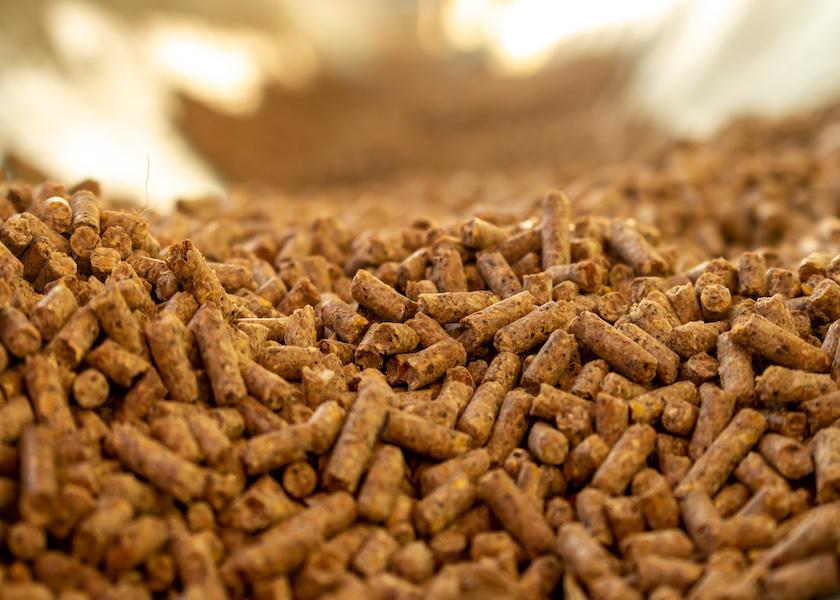The 411 on Anti-caking Agents

We use anti-caking agents every day, from the salt we shake on our eggs in the morning, to the grated cheese sprinkled on our pizza for dinner.
Most livestock, too, consumes anti-caking agents – also called adsorbent agents -- in their daily diets. By definition, an anti-caking agent is an anhydrous compound added in small amounts to prevent keep particles dry and prevent them from caking together. Most products either adsorb excess moisture, or coat particles to make them water-repellant.
The result is a more free-flowing product. This makes the pellet manufacturing process easier, and can help prevent ground feeds from doming, bridging, and sticking to equipment.
In addition to feed for people and animals, anti-caking agents are used in road salt, fertilizers, cosmetics, and synthetic detergents, according to Jacob Farr, author at the Food Insight blog.
Many anti-caking agents used in animal agriculture are derived from naturally occurring minerals. Anti-caking agents are classified in one of four groups – Calcium Compounds, Sodium Compounds, Magnesium Compounds, and Others. A list of the base ingredient in commercial anti-caking products used in feed includes sodium bentonite, esterified glucomannan, vermiculite, calcium bentonite, calcium montmorillonite, zeolite aluminosilicate, activated carbon, and sodium calcium aluminosilicates.
Manufacturers of anti-caking agents sold as feed additives for livestock emphasize additional benefits beyond keeping products free-flowing. Many also are promoted as rumen buffers, trace mineral sources, pH balancers, and reducers of ammonia emissions.
Research also has shown that anti-caking agents can be effective in sequestering mycotoxins – especially aflatoxin – in feed, making them less toxic in animals by allowing them to simply pass through. They “reduce the bio-availability of mycotoxins and increase their excretion in feces,” noted Alvaro Garcia, Extension dairy specialist at South Dakota State University.
Garcia also cited a North Carolina State University study that showed that cows fed diets contaminated with 2.5 parts per million (ppm) deoxynivalenol and 0.27 ppm zearalenone produced 3.2 pounds more milk when the diet was treated with a clay adsorbent at a rate 0.5 pounds per cow daily.
Despite this evidence, Garcia said the FDA Center for Veterinary Medicine does not recognize the use of binding agents as a safe method of managing mycotoxins in feed. The FDA’s concerns are two-fold: lack of uniform binding, and the possibility of “unbinding” in the highly acidic digestive tract, which could lead to the excretion of unsafe levels of mycotoxins in meat or milk.
Companies can share data showing mycotoxin-binding properties; enhancement of feed quality; and increases in productivity and animal performance. But label claims stating improvement of animal health by these products in the United States are not legal.
Industry forecasters predict strong demand for anti-caking agents in the livestock feed sector in the coming years, as food animal production increases in the U.S., and demand for protein worldwide grows. The recently released North American Feed Anti-caking Agent Market report suggests animal feed will be the greatest contributor to demand growth of anti-caking agents in the US through 2025.







